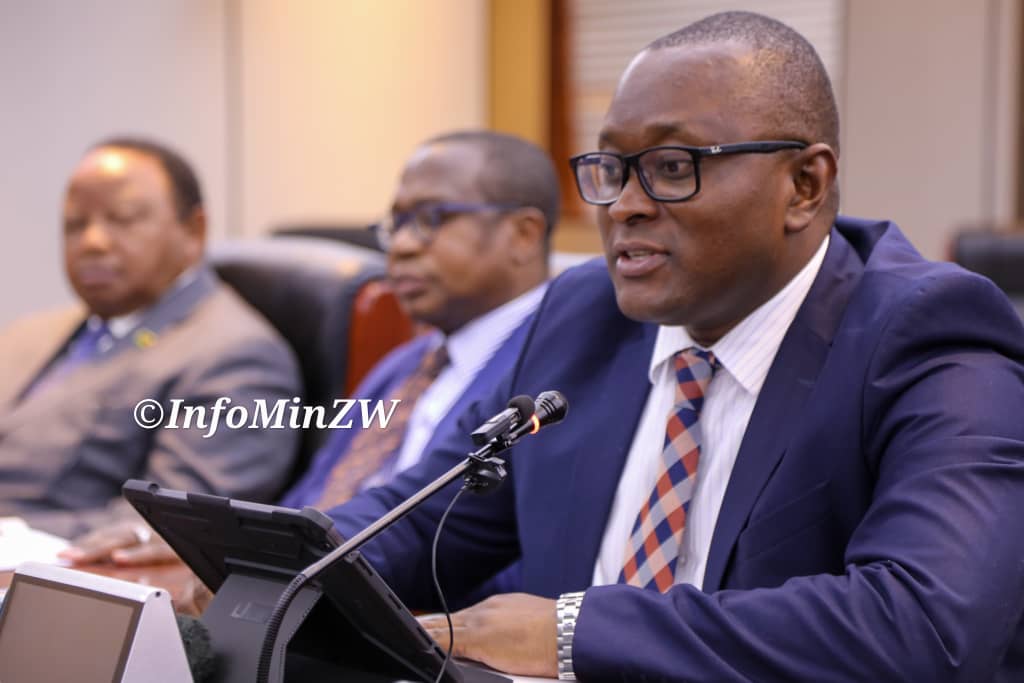Provincial investment conference held
Share
MARONDERA- Mashonaland East is well-placed to become an investment province of
choice as it has what it takes for investors to realise returns.
In terms of accessibility, Mashonaland East is served by trunk roads such as the Harare-
Nyamapanda and Harare-Mutare highways while on connectivity, an optic fibre runs through
Murehwa, Marondera and Goromonzi in addition to all major telecommunication companies
that are having their presence felt in the province.
Mashonaland East hosts the largest lithium deposits in Africa and 6 th in the world. Added to
this, the province has a high concentration of educational institutions such as St Ignatius in
Goromonzi, Watershed and Peterhouse in Marondera, Monte Cassino in Murehwa,
Women’s University in Africa, Marondera University of Agricultural Science and Technology,
the Zimbabwe Open University, Nyadire Teachers College, Kushinga Phikelela and others.
The province also boasts of the existence of agro-research institutions such as Grasslands,
Horticulture Research and Productivity Research Laboratory.
The Minister of State for Provincial Affairs and Devolution Dr Aplonia Munzverengwi when
she officiated at the inaugural Mashonaland East Investment Conference held in Marondera
last week, said because of these advantages, the province was thus ideal for any serious
investor.
The conference, themed: “Unlocking investment opportunities towards achievement of
Vision 2030,” was attended by potential local and international investors in various economic
sectors, local authorities, business associations, the business community, finance
institutions and Government institutions, among others.
Envisaged outcomes of the conference include enhanced ease of doing business, improved
service delivery for the public, improved economic inclusion and corporate-social
responsibility, improved awareness of investment opportunities and procedures as well as
enhanced private sector investment and investor confidence leading to increased investor
inflows for the province.
According to the latest figures by the Zimbabwe Statistics Agency (ZIMSTAT), Mashonaland
East has a Gross Domestic Product (GDP) of ZWL$828 billion at current prices and
contributes 6.9 percent to the national GDP.
“With the inherent competitive and comparative advantages which we are sure will bring
investment, the growth rate will easily double, thereby having a positive net effect on the
growth of the GDP. Here in Mashonaland East, we are looking forward to deploy to the
maximum extent possible the laws of comparative as well as competitive advantages in
order to realise higher income for our people and at the same time encouraging financial
flows.
“These advantages span from a combination of favorable climate and rich soils with the
greater part of the province found in regions 2A and 2B where intensive farming takes place.
There is abundance of water bodies to support agro-activities in terms of irrigation of crops,
livestock and pasture land.” Dr Munzverengwi said.
She added that for the province to play a part in the country’s achievement of Vision 2030,
there should be massive investments across all sectors of the economy, taking into
cognizance technological advancements that are sweeping throughout the world.
She said: “It is a fact that we live in a globalised village where the pace of technological
change is astounding. This, coupled with the extent and speed with which innovations in one
country cross, borders through exchange of goods, capital and ideas is unprecedented. This
process is unstoppable and therefore, we have to adapt lest we become irrelevant.
“Globalisation carries with it the prospect of improving the lives of our people. Therefore, we
should strive to manage it and work for our people. After all, it’s our mandate as provinces to
ensure that there is economic growth translating into higher standards of living for our
citizenry. The changes brought about by globalization are a direct result of investment which
is a catalyst for these changes.”









